|
|
|
|
LIVE PLANT CAROB Fruit Tree SEEDLING St. John's Bread
Price: $9.99
|


Click Here. Double your traffic. Get Vendio Gallery - Now FREE!
Carob
|
CAROB
Healthy Chocolate Substitute
The dark brown
fruits of carob, Ceratonia siliqua, are used to produce carob powder, a
substitute for chocolate
Ceratonia siliqua
FABACEAE, Legume Family
Native to the eastern Mediterranean to the Middle
East
St. John's Bread
|
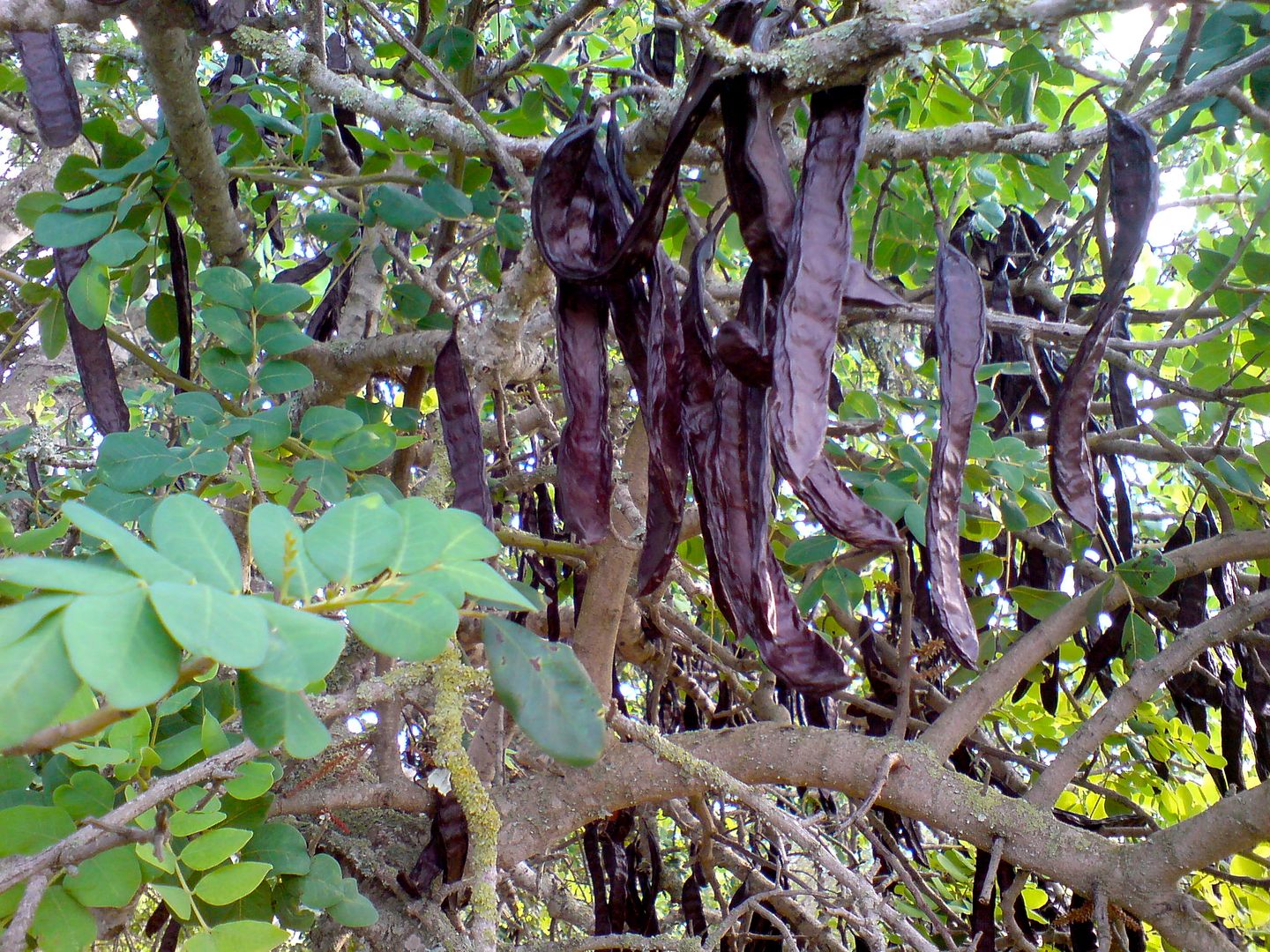 |
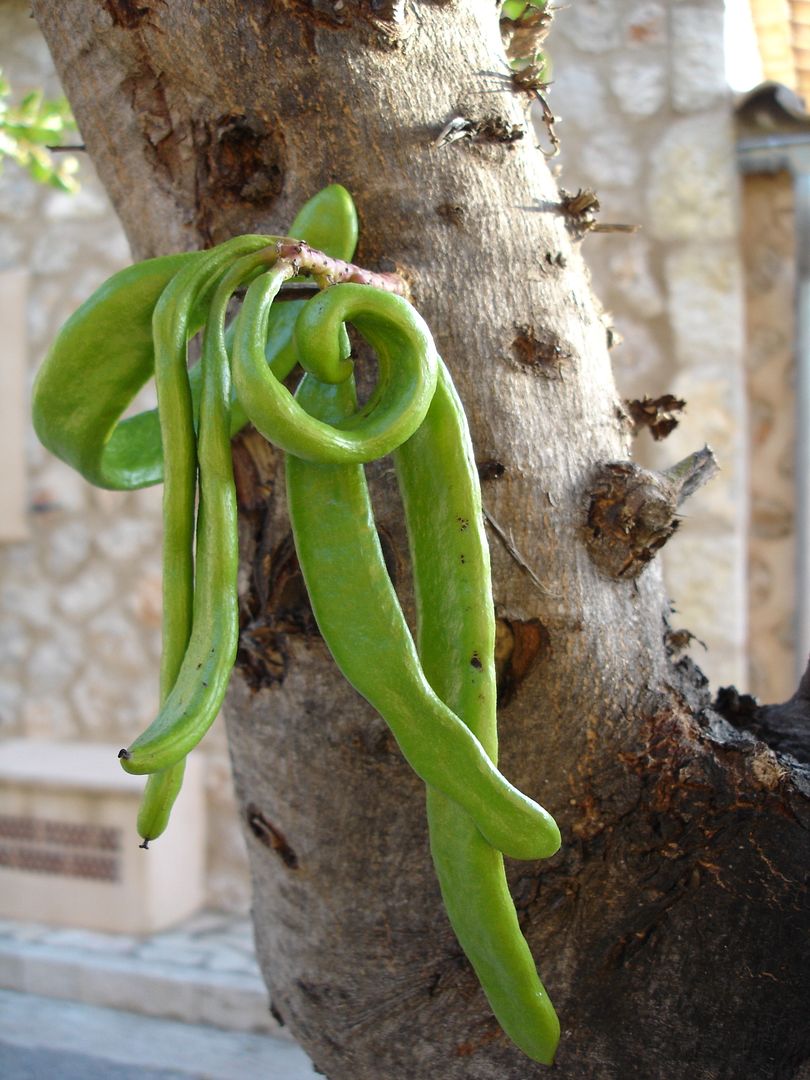 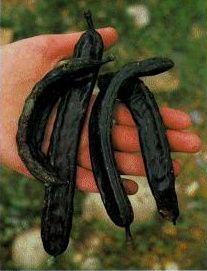 |
The Carob tree is an evergreen tree
up to 10 meters (33 ft) tall. with pinnately compound leaves (have 2 to 6 pairs of
oval leaflets), which can grow to a height of 15 meters and be very
handsome. The crown is broad and semi-spherical, supported by a thick trunk
with brown rough bark and sturdy branches. Leaves are 10 to 20 centimeters
(3.9 to 7.9 in) long, alternate, pinnate, and may or may not have a terminal
leaflet. Nevertheless, this species is grown around the world primarily as
a food crop, for its sweet and nutritious fruits.
|
 |
|
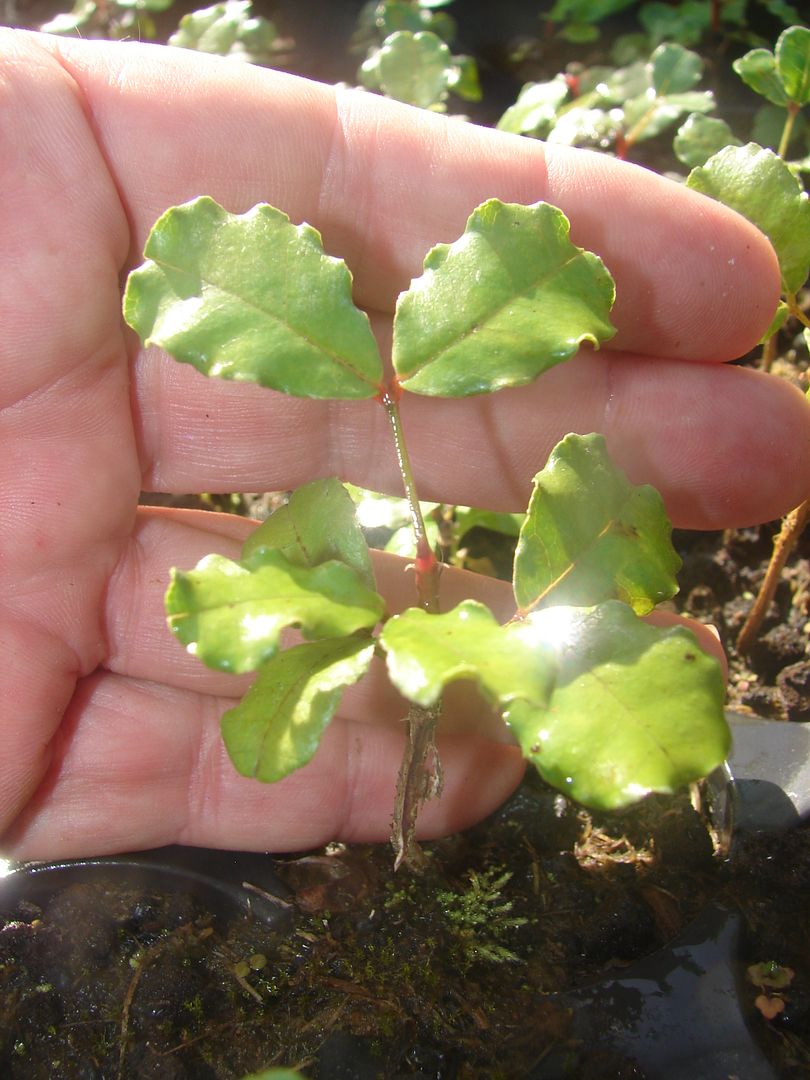 |
You are bidding on
(1) one bare root seedling
with vigorous root systems 3-5 inches tall with 2-6 leaves born and grown in
Hawaii.
Height: 30-40 ft. (9-12 m)
Spacing: 30-40 ft. (9-12 m)
Hardiness: USDA Zone 9a: to -6.6 °C (20 °F)
Sun Exposure: Sun to Partial Shade
Danger: Pollen may cause allergic reaction
Bloom Color: Red
Foliage: Evergreen
Other details:
This plant is attractive to bees, butterflies and/or birds
Drought-tolerant; suitable for xeriscaping |
|
photo of similar
item |
|
Carob grows well anywhere
that citrus is grown, and it prefers dry climates that receive more than 30
centimeters of rainfall--ideal mediterranean-type climates. Many residents
of southern California have seen carob trees (Ceratonia siliqua) planted
around town.
Carob is believed to be an archaic remnant of a
part of the legume family now generally considered extinct.
A xerophytic
(drought-resistant) species, Carob is well adapted to the ecological
conditions of the Mediterranean region and grows well in warm temperate and
subtropical areas. Trees prefer well drained loam and are intolerant of
water logging, but the deep root systems can adapt to a wide variety of soil
conditions and are fairly salt-tolerant. Frost-tolerant and can tolerate hot
and humid coastal areas.
|
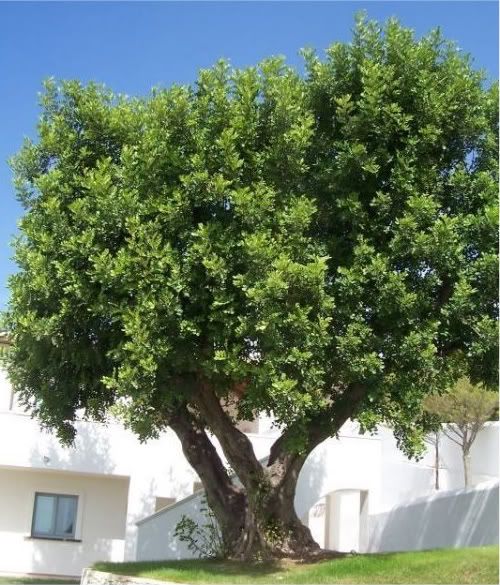 |
|
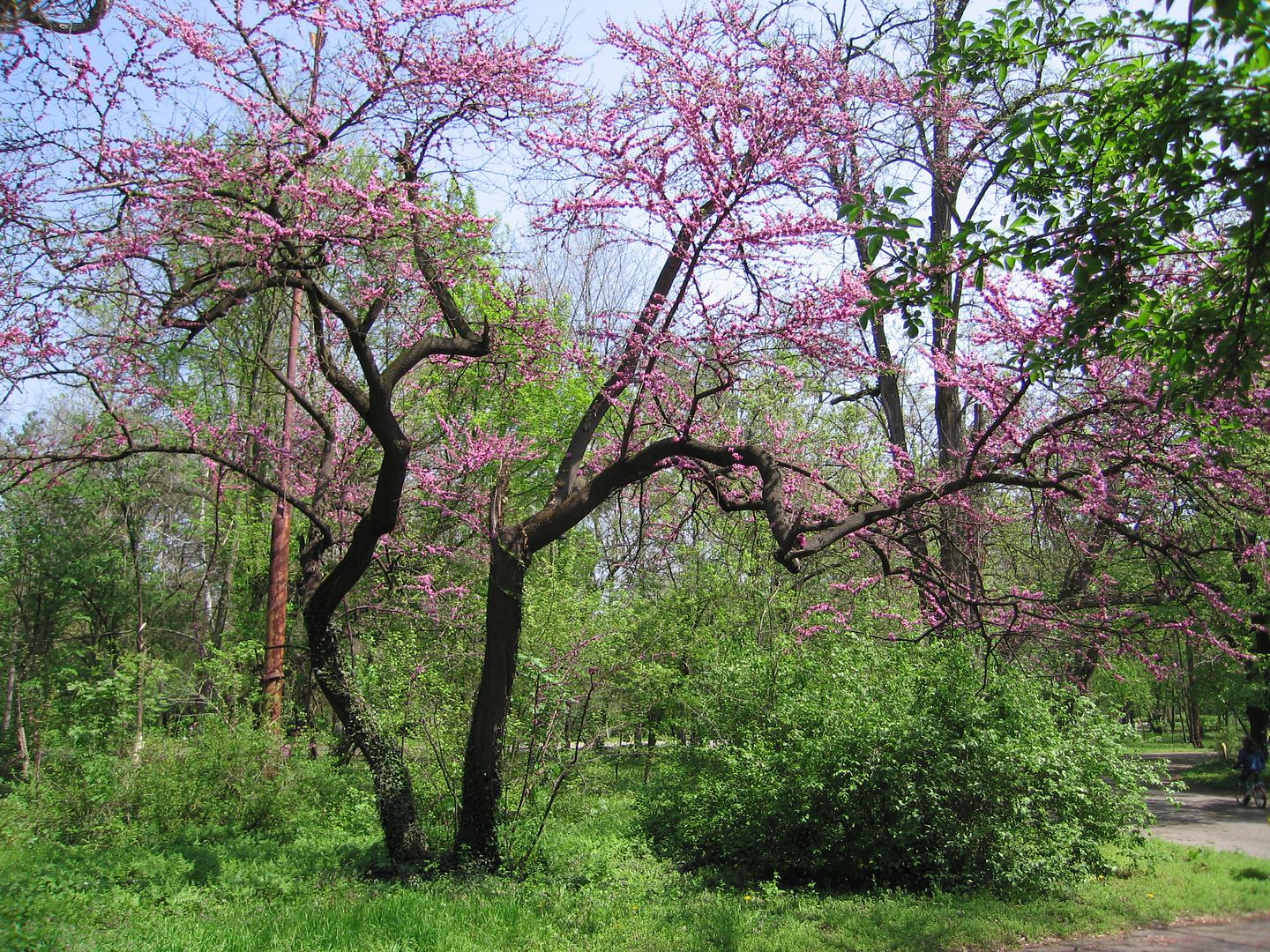
|
Although this product has a slightly different
taste than chocolate, it has only one-third the calories (total 1595
calories per pound), is virtually fat-free (chocolate is half fat), is rich
in pectin, is not allergenic, has abundant protein, and has no oxalic acid,
which interferes with absorption of calcium. Consequently, carob flour is
widely used in health foods for chocolate-like flavoring. A very fine
polysaccharide gum--mucilaginous, odorless, tasteless, and colorless--can
also be obtained from the pod and is now used in many products. There are
also several putative medicinal uses of the plant, and singers formerly
chewed the pod husks in the belief that this clears the throat and voice.
|
|
The fruit of carob is a pod, technically a
legume 15 to 30 centimeters in length and fairly thick and broad. Pods are
borne on the old stems of the plant on short flower stalks. Interestingly,
most carob trees are monoecious, with individual male and female flowers.
The dark brown pods are not only edible, but also rich in sucrose (almost
40% plus other sugars) and protein (up to 8%). Moreover, the pod has vitamin
A, B vitamins, and several important minerals. They can be eaten directly by
livestock, but we know carob mostly because the pods are ground into a flour
that is a cocoa substitute.
|
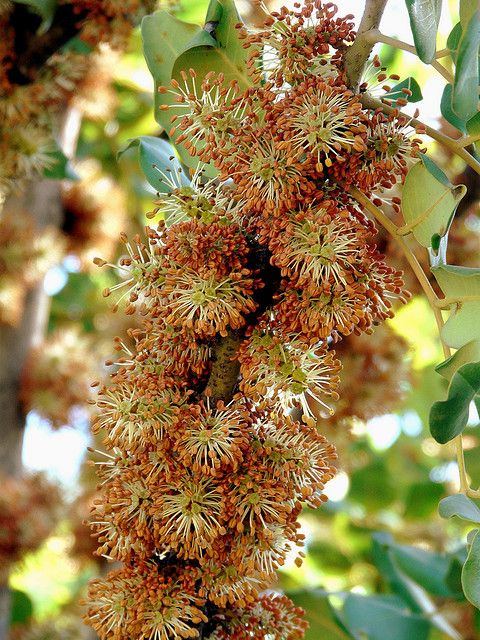 |
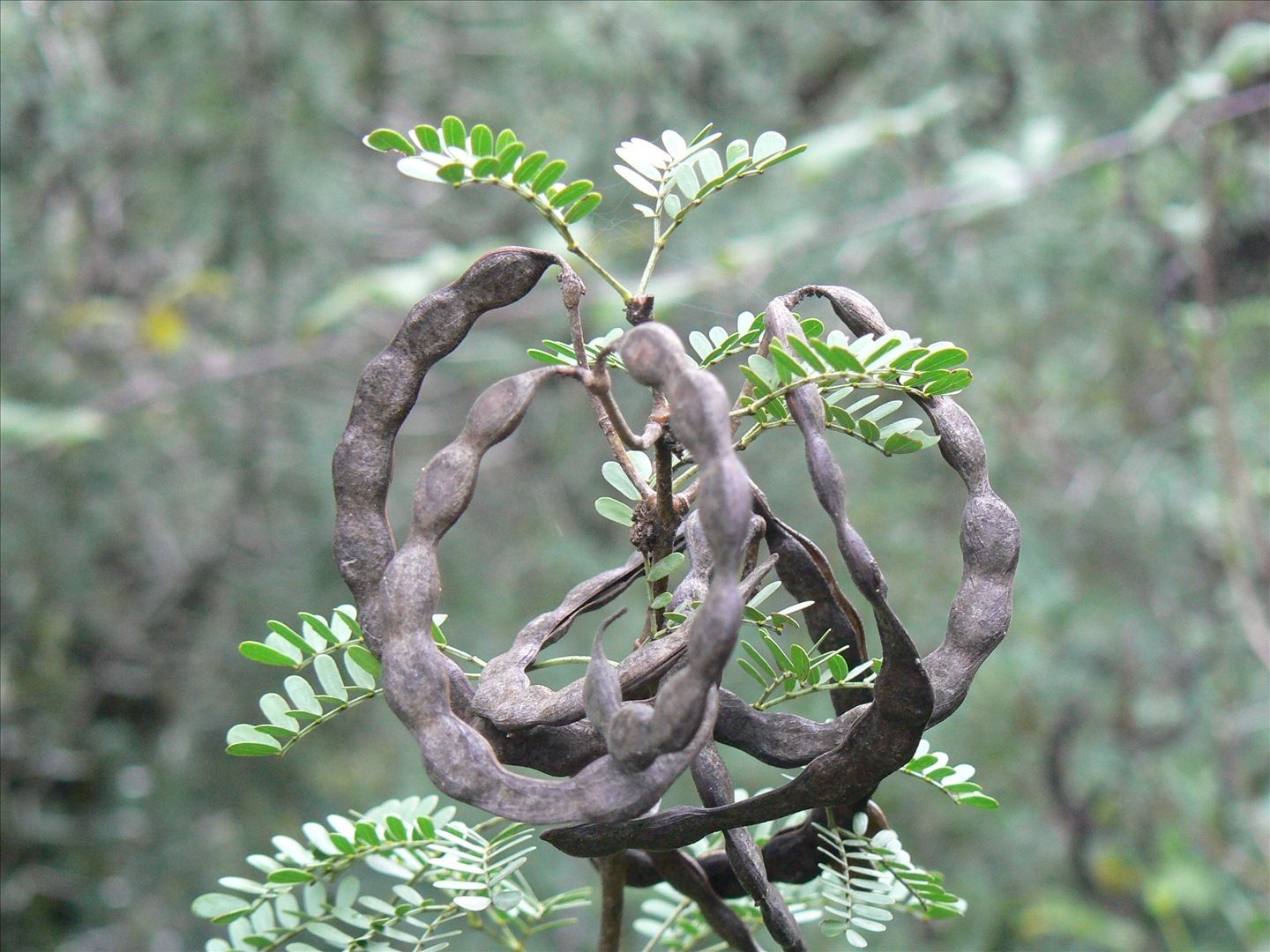 |
Carob, dried or
roasted and having a slightly sweet taste, in powder or chip form, is used
as an ingredient in cakes and cookies. Carob is sometimes used as a
substitute for chocolate (one reason is because, unlike chocolate, carob
does not contain caffeine). The seeds, also known as locust beans, are used
as animal feed. They are also the source of locust bean gum, a thickening
agent used in numerous processed foods. In Egypt, carobs are consumed as a
snack. Crushed pods are used to make a refreshing drink. Compotes and
liqueurs are made from carob in Turkey, Malta, Portugal, Spain and Sicily.
Carob has proven effective in relieving diarrhea in infants. In Libya, a
syrup extracted from carob named rub is used as a complement to an Asida
meal.
Carob has also been used as an alternative to chocolate in dog treats. C.
siliqua also contains leucodelphinidin, a colorless chemical compound. |
|
Carob
is native to the eastern Mediterranean, probably the Middle East, where it
has been in cultivation for at least 4000 years. The plant was well known to
the ancient Greeks, who planted seeds of this plant in Greece and Italy.
There are references to carob in the Bible. For example, this plant is also
called St. John's bread or locust bean because the pods were once thought to
have been the "locusts" that were eaten by John the Baptist in the
Wilderness. That story was apparently wrong--he ate migratory locust. Seeds
were used to weight gold, hence the word "carat." Mohammed's army ate kharoub, and Arabs planted the crop in northern Africa and Spain (Moors),
along with citrus (Citrus) and olives (Olea). Spaniards carried carob to
Mexico and South America, and the British took carob to South Africa, India,
and Australia. Records show that carob was intentionally introduced into the
United States in 1854, and the first seedlings were apparently planted in
California in 1873.
|
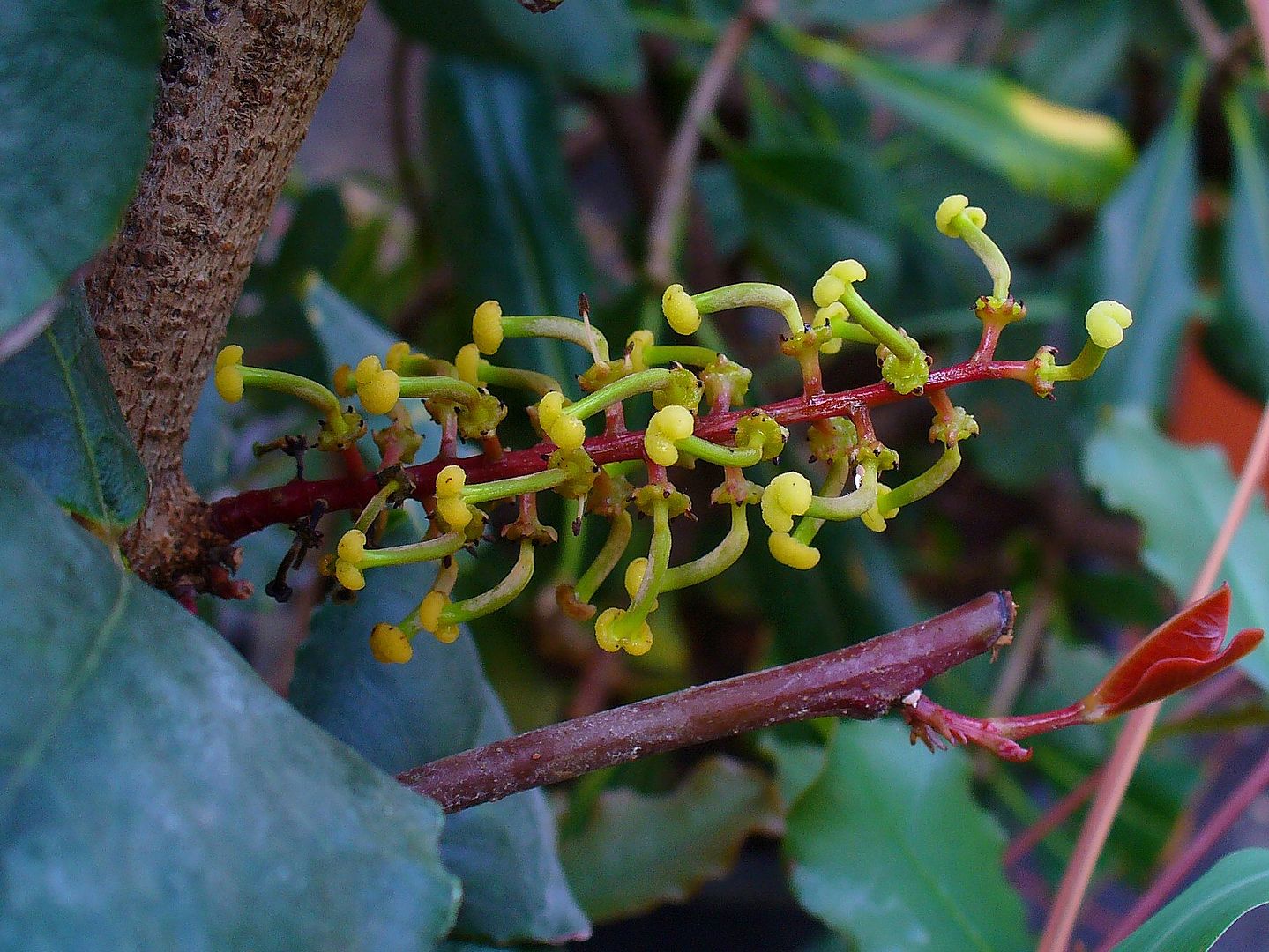 |

|

 Polynesian Produce Stand
Polynesian Produce Stand

|
|
All good things take time, so
I grow my plants and rare palms in  my
ebay store. my
ebay store.
Much more to
check out or just get a little education on in my store.

|
|
|

 Shipping
Shipping

We ship via USPS Mondays-Wednesday with Delivery
confirmation.
All live plants are Inspected By USDA Plant Inspectors before
they are shipped to insure you get healthy pest free plants and seeds.
 All live plants are shipped bare-root wrapped in moist
sphagnum moss to ensure the plant’s healthy transit to you. All live plants are shipped bare-root wrapped in moist
sphagnum moss to ensure the plant’s healthy transit to you.

ATTENTION INTERNATIONAL BIDDERS!
We can ship live plants to the US only. Only Domestic Shipping and Handling
includes USDA Certification.
We ship Seeds Internationally.
All International shipments are at Buyer's
Risk. Please spend no more more than you can lose!
Proper Permits and Documents are the
BUYER's responsibility.
Please request any documents prior to shipping.
For foreign customers, please check your laws concerning permitting and customs,
additional shipping and handling costs may apply.
The additional charge for any Phytosanitary Certificate is not included in this offer.
INTERNATIONAL SHIPPING ON LIVE PLANTS is available only under these conditions!
All international orders
are shipped at the
BUYER's RISK
(shipped with or without
documents) and no refunds or replacements are offered for Dead On
Arrival, loss, confiscation, Customs Seizure, unanticipated charges,
etc.
 |

 Payment
Payment

We
accept online payments only through PayPal, Cash payments are only acceptable for
in-person payments and cash-on-delivery (COD). Cash payment can not be sent through the
mail.
Please only one Paypal payment. SO THE COMBINED SHIPPING RULE WILL CAN
BE USED. Multiple paypal payments are NOT eligible for
discounts.
We will ship once a week - ON or BEFORE WEDNESDAYS, because
of the special stamps needed to ship plants and cuttings to you. This can only be
done at the Dept. of Agriculture. If payments are not met before that MONDAY, your
items will be shipped the following week and lose the combined discount opportunity.
Non-paying bidders may receive negative feedback and will be reported as an unpaid item to
eBay.

COMBINED
SHIPPING POLICY
INTERNATIONAL
SHIPPING is not included in this offer.
See
INTERNATIONAL SHIPPING ON LIVE PLANTS
We will combine shipping for auctions won on the same week paid with same paypal payment.
This policy is good for all items bought and paid for in the week ending MONDAY.
Payment must be received
within 7 days of the auction ending.
Combined
Discounts Won Auctions
For 2-3 winning auctions, the combined discount is 10% of the total Shipping and Handling
charges. For 4-7 winning auctions, the combined discount is 20% of the total Shipping and
Handling charges. For 7+ winning auctions, the combined discount is 30% of the total
Shipping and Handling charges.

As each order is packed and prepared separately you will pay the quoted S/H charges
individually per item. If you buy the same species in that item it does calculate out the
discount (i.e.: additional item $3.61). My stores' combined shipping is built in for same
items rather than a varied selection. Includes postage, USDA certification and inspection,
proper packing and delivery to Airport for prompt delivery. I can’t really change any
of these. If you want one of this and one of that, it gets hard to discount much as each
different species requires it's own prep & packing, then at USDA each has to be
unwrapped and inspected then repacked. USDA requires me to clean and prepare every last
piece before we drive them to the Inspection Station on the other side of the island. It
takes my wife and I, a day to pack items and get ready to ship. The whole next day we
drive around the island and get inspected (2-3 hours), then drive to the Airport Post
Office to drop off. It takes the same work with the same type item if you can understand.

|

|
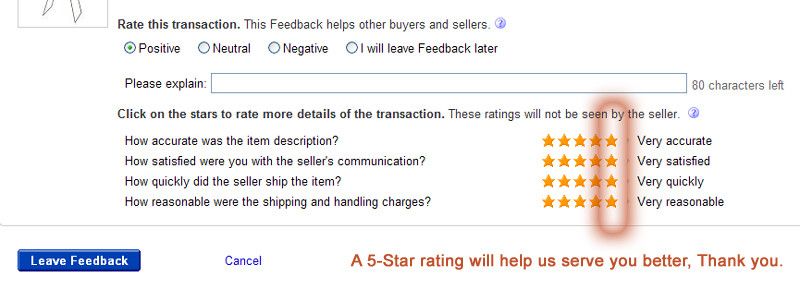
|

my
dog Taz will fetch your email to me
If you are dissatisfied
with the item, please contact me
before leaving a
negative or neutral comment.
I want you to be
satisfied.
Mahalo iâ `oe no ke kipa
`ana mai. E kipa mai hou!
Mahalo & Aloha!! |
 |
|
Destination: United States |
|---|
|
| STANDARD | Standard | $9.61 | $3.61 | | Destination: Worldwide |
|---|
|
| STANDARD | Standard | $12.61 | $3.61 | |
|
Type | Instructions to Buyer |
|---|
| Paypal | null |
|

|
|